He was created the 1st Baron Arundell of Wardour, the progenitor of a long line of Roman Catholic recusant nobility whose ancestors continue to live to the present day in the vicinity of Wardour Castle, their ancient seat.
Sir Thomas served the Holy Roman Emperor Rudolph II against the Turks in Hungary and, for his loyalty and bravery, was made Count-Imperial of the Holy Roman Empire, a title that descended to his sons.
His father, Sir Matthew Arundell of Wardour, inherited former monastic lands, and, serving as High Sheriff, Custos Rotulorum (Keeper of the Rolls), and Deputy Lieutenant of Dorset.
His grandfather, Thomas Arundell, born about 1502, was the younger of the two sons of Sir John Arundell (c.1474-1545) of Lanherne, Cornwall, and his first wife, Eleanor Grey (d. by December 1503), the daughter of Thomas Grey, 1st Marquess of Dorset, by his second wife, Cecily Bonville.
The illustrious family tree of the 1st Lord Arundell of Wardour
The grandfather had been educated at Lincoln's Inn, and began his career in the household of Cardinal Wolsey, where he was a contemporary of Thomas Cromwell. He was created a Knight of the Bath at the coronation of Queen Anne Boleyn.
Holy Roman Emperor Rudolph II
The grandfather’s role as one of the commissioners for the dissolution of the monasteries in the West Country enabled him to acquire a number of former religious properties. In 1547 he purchased Wardour Castle in Wiltshire but later fell from royal favour because of his devotion to the old religion and he was later falsely accused and beheaded on Tower Hill and buried in the church of St Peter ad Vincula, in the Tower.
Like his grandfather, Sir Thomas was, in 1580, imprisoned for his devotion to the Roman Catholic religion. Later, however, in 1585, he married Mary (c.1567–1607), the daughter of Henry Wriothesley, 2nd Earl of Southampton, and Mary, the daughter of Anthony Browne, 1st Viscount Montague. He thus remained exceptionally well connected.
It was in 1595, when Arundell had been at a frustrating loose end for some time, being excluded from offices by virtue of his religion, that his father agreed to provide him the wherewithal to depart England and serve in the Imperial forces against the Turks.
He took part in the storming of the breach at Gran in Hungary against the Turks, seizing the Turkish standard and replacing it with that of the Holy Empire for Emperor Rudolph II. He was thereafter styled “the Valiant” and the Emperor raised him to the dignity of Count-Imperial of the Holy Roman Empire.
Battle of Gran, Hungary, 1686,
at which Thomas Arundell distinguished himself and was made Count-Imperial by the Holy Roman Emperor Rudolph II
Arundell was enriched by his success and decided to return to England by ship. However, he was caught in a storm near Aldeburgh off the Suffolk Coast and his new fortune sank with the ship. To add to his woes, Queen Elizabeth I, the harridan of Protestant anti-Catholicism, committed him to the Fleet prison for daring to assume a foreign title – particularly the title given by the Roman Emperor whom the Tudors so much hated and in defiance of whom they had started the Protestant Reformation, after King Henry VIII had lost the imperial election of 1519.
Arundell’s father, Sir Matthew, was a Protestant and unnaturally sided with the harridan Queen against his own son.
Eventually, Arundell was released into the custody of his father but was later re-arrested, in 1597, falsely accused of being a Catholic spy but was released. However, his father died in 1598 and he succeeded to the estates.
In 1605 Arundell and Lord Southampton sent Captain George Weymouth to found a colony in Virginia leading some to conclude that "the whole voyage may best be regarded as a first attempt to found an American colony that would be an asylum for English Catholics".
After the death of Elizabeth I, the new King James I, in 1605, raised Thomas to be Baron Arundell of Wardour and appointed him Colonel of the English regiment serving the Roman Emperor in Spanish Flanders but Arundell was later falsely named by Guy Fawkes as a co-conspirator in the Gunpowder Plot.
Old Wardour Castle, now a magnificent ruin
His first wife having died earlier, Arundell married, 1 July 1608, Anne Philipson, the daughter of Miles Philipson, of Crook, Westmorland. He died at Wardour on 7 November 1639, and was buried at nearby Tisbury, Wiltshire.
He was succeeded by his son, Thomas, 2nd Baron Arundell of Wardour, and thereafter a long line of Lords Arundell.
Arundell’s 4th daughter Frances, by Anne Philipson, married John Talbot, 10th Earl of Shrewsbury, of another recusant family and his 6th daughter, Clare, married Humphrey Weld, of another recusant family.
Arundell's daughter Anne married Cecil Calvert, 2nd Lord Baltimore (d. 30 November 1675) and, in 1632, King Charles I granted him the proprietorship of Maryland in America, named by its Catholic settlers after our Lady. The city of Baltimore is named after him and, of course, the Baltimore Catechism is named after the city. Anne Arundel County, Maryland, is named after Calvert's wife, Anne Arundell who died 23 July 1649, and was also buried at Tisbury, Wiltshire.
The new Wardour Castle build by the 8th Lord Arundell of Wardour
The 2nd Baron fought as a Royalist in the Civil War and was mortally wounded at the Battle of Stratton in 1643.
His son, the 3rd Baron, was accused of being implicated in the utterly bogus “Popish Plot” to murder King Charles II and was imprisoned in the Tower of London for 6 years but was restored after the accession of King James II. He then served as Lord Privy Seal.
The Arundells lived in the old castle acquired by the first generation but the 8th Baron Arundell of Wardour built the nearby new castle, at huge expense, and with it a beautifully classical Catholic chapel of Wardour that stands to this day as a magnificent example of classical, recusant Catholic architecture, concealed within the castle to placate a hostile government.
The 8th Baron Arundell of Wardour who built the new castle of Wardour and its chapel
The title went sideways after his death, childless, and then to the 10th Baron who was also childless and was succeeded by his younger brother.
The 13th Baron was a Catholic priest and, on his death the title again went sideways to the 14th Baron who also died childless.
The title passed from the 15th Baron to his son, the 16th Baron, who was fought in the Second World War and died in 1944.
The imperial chasuble at Wardour Castle chapel, complete with imperial double-headed eagles, made at the order of Thomas, 1st Lord Arundell of Wardour, Count-Imperial of the Holy Roman Empire.
John Francis Arundell, 16th Baron Arundell of Wardour JP TD was educated at Stonyhurst College and New College, Oxford, and became a member of the London Stock Exchange. He served with the Territorial Army in the 2nd Battalion, the Wiltshire Regiment, as part of the British Expeditionary Force being captured by the Germans during the Battle of France in 1940. After escape and re-capture, he was sent to the infamous Colditz Castle where he contracted TB and was repatriated but died and was buried in Wardour chapel. Upon his death, the barony became sadly extinct.
However, his successor to all but the title is John Richard Arundell, 10th Baron Talbot of Malahide (born 1931), the son of Reginald John Arthur Talbot, who, in 1945, assumed by Royal license the surname and arms of Arundell. He was the great-grandson of Admiral the Hon Sir John Talbot and his wife Mabile Mary Arundell, was the daughter of Hon Robert Arthur Arundell, 4th son of James Everard Arundell, 9th Baron Arundell of Wardour.
The magnificent classical chapel at Wardour Castle
The Barony of Talbot of Malahide is a title that has been created twice for members of the same family: 1831 in the Peerage of Ireland, and 1856 (as Baron Talbot de Malahide) in the Peerage of the United Kingdom.
The ancestral seat of the family until 1976 was Malahide Castle, close to the village of Malahide, north of Dublin in Ireland.
Lord Talbot of Malahide also holds the rather engaging title of Hereditary Lord Admiral of Malahide and Adjacent Seas (created by King Edward IV).
Malahide Castle outside Dublin, Ireland
His wife Patricia Mary, Lady Talbot of Malahide, is a Dame of the Sovereign Military and Hospitaller Order of Malta (the Knights of Malta) and Vice-President of the British Association thereof.
She was born Patricia Riddell of the Northumbrian Catholic recusant family of that name whose ancestor had taken part in the 1715 Jacobite rising to restore the true King and Constitution of these islands.
Connected with the Talbots of old were Hugh O'Reilly, who took the surname of Nugent and was created a baronet in 1795, and Andrew O'Reilly, who was a General der Kavallerie in the Army of the Holy Roman Empire and was made a Count–Imperial of the Empire as Andreas, Count O'Reilly von Ballinlough.
The Arundells of Wardour are one of the most enduring of the English Catholic recusant families and a true testimony to the strength of the Roman Catholic faith in England, just as the Talbots of Malahide are also in both England and Ireland.
Arundell of Wardour
+++


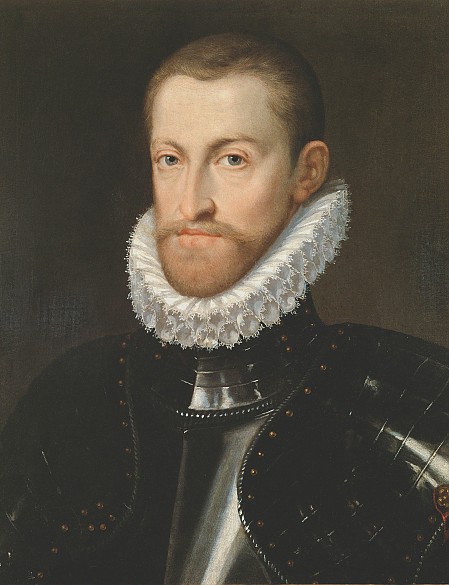





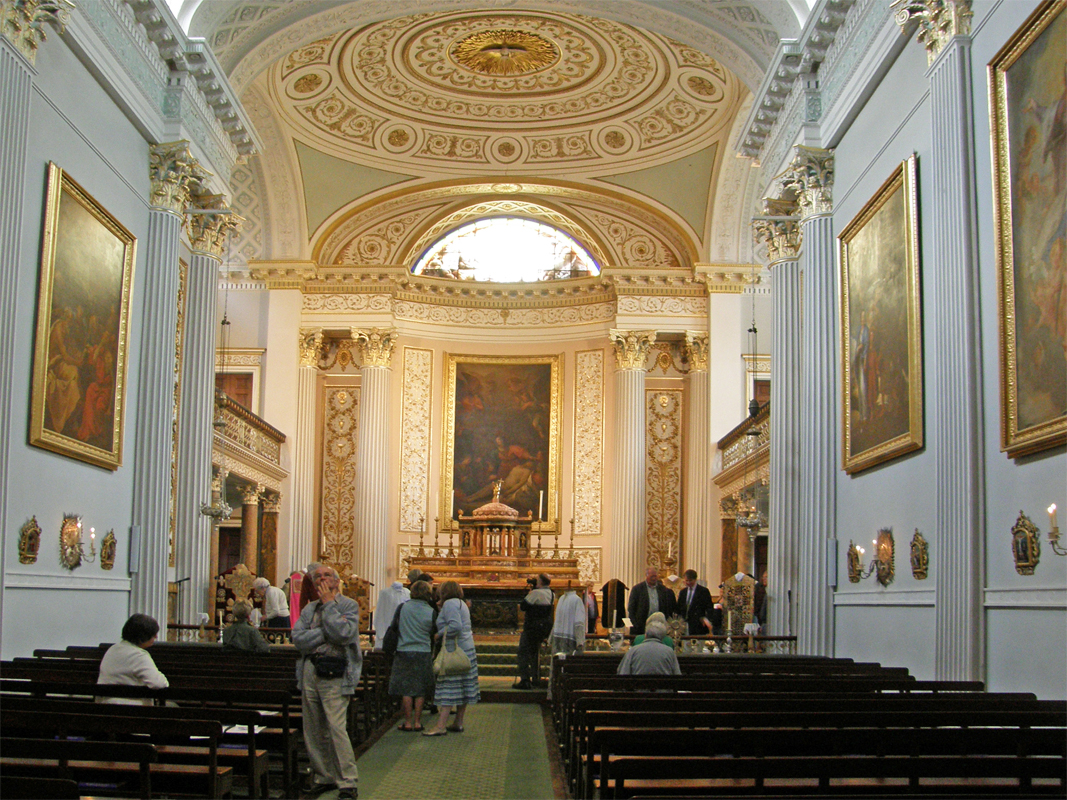









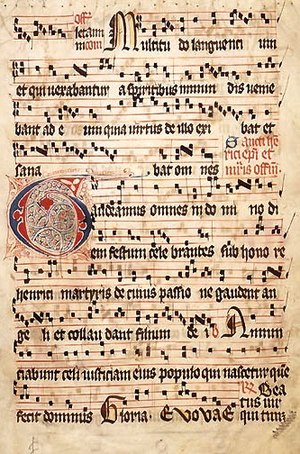

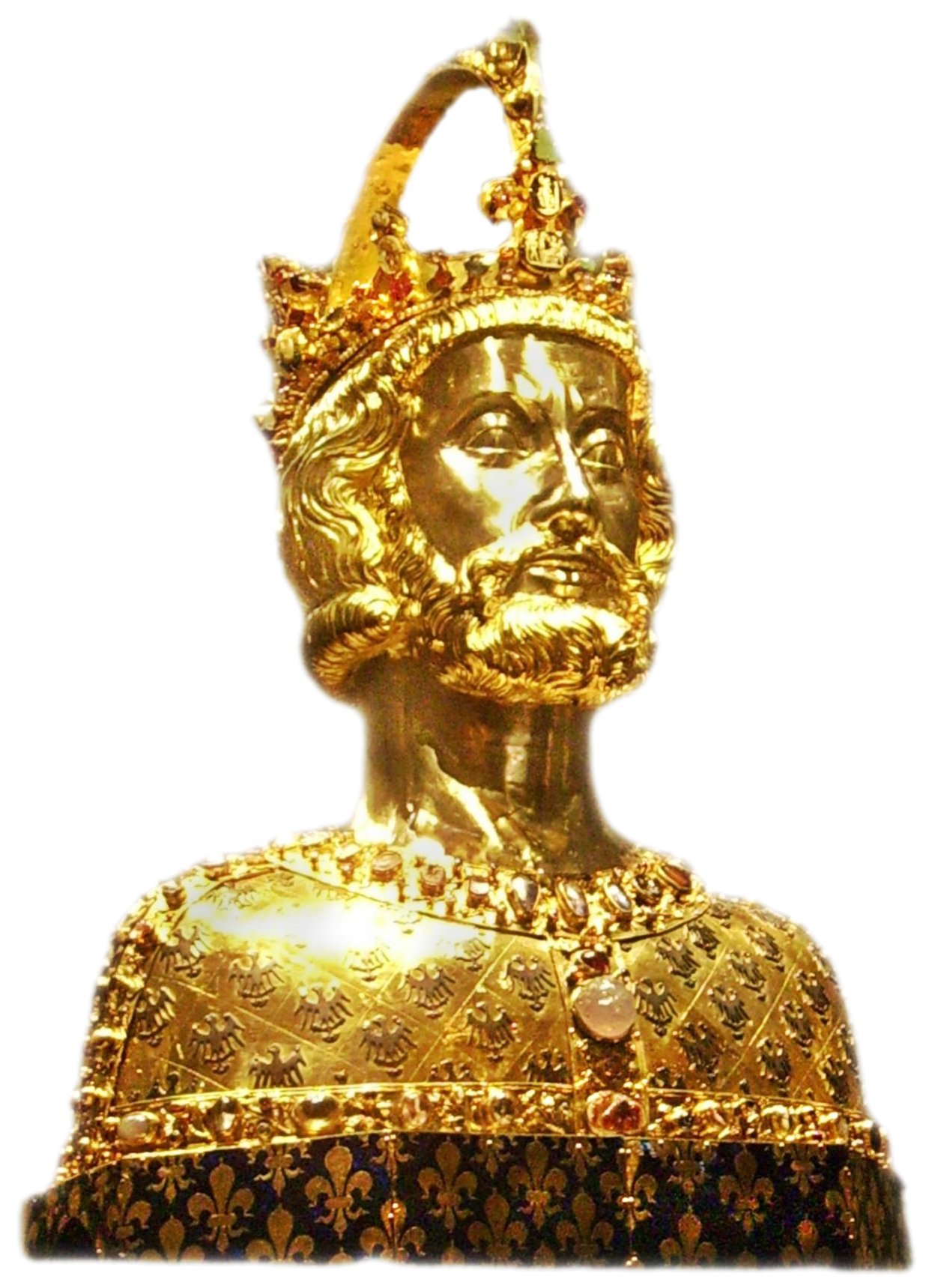



.jpg)


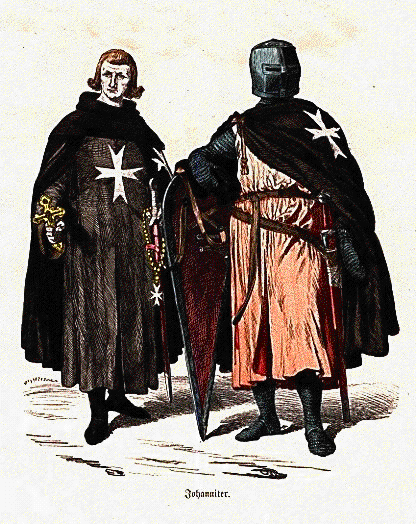

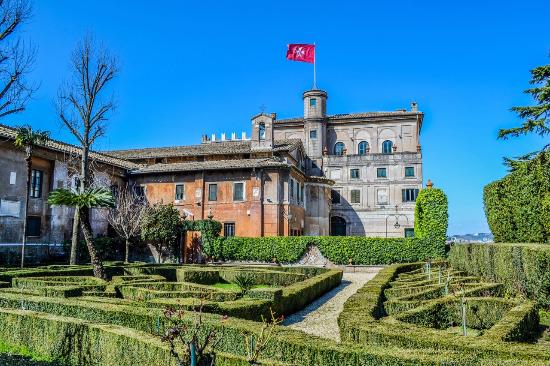


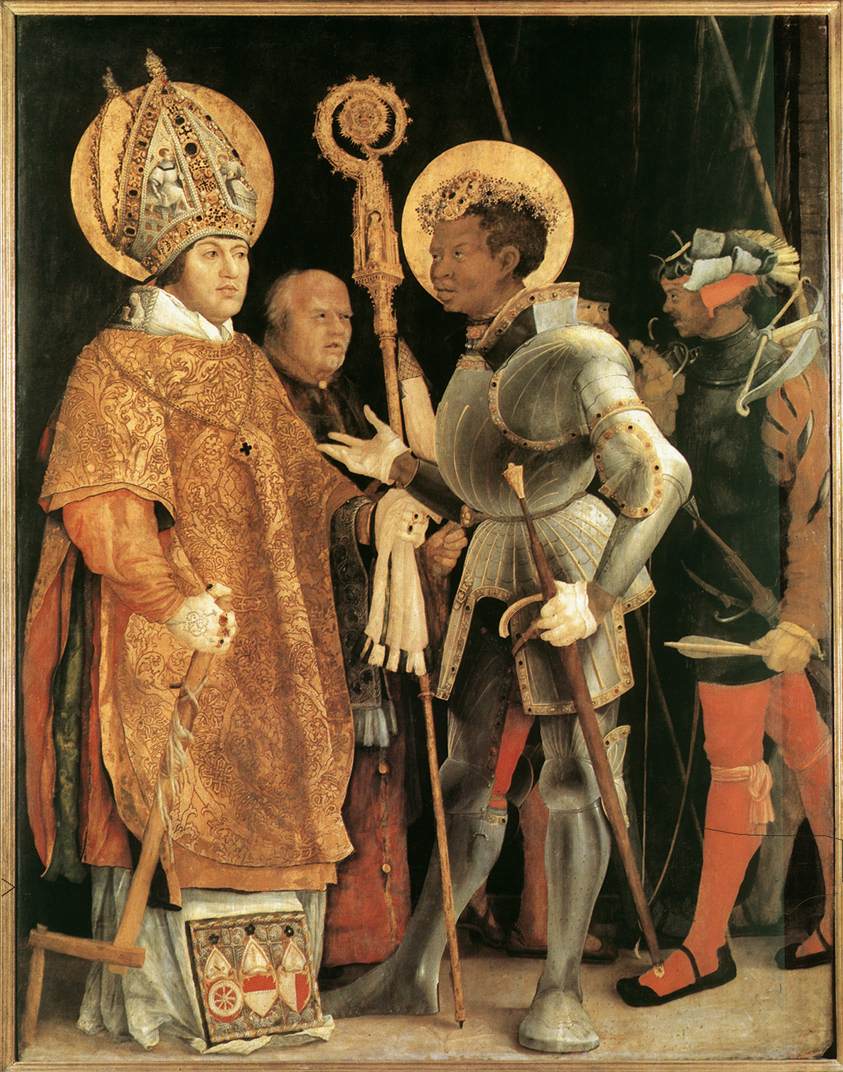
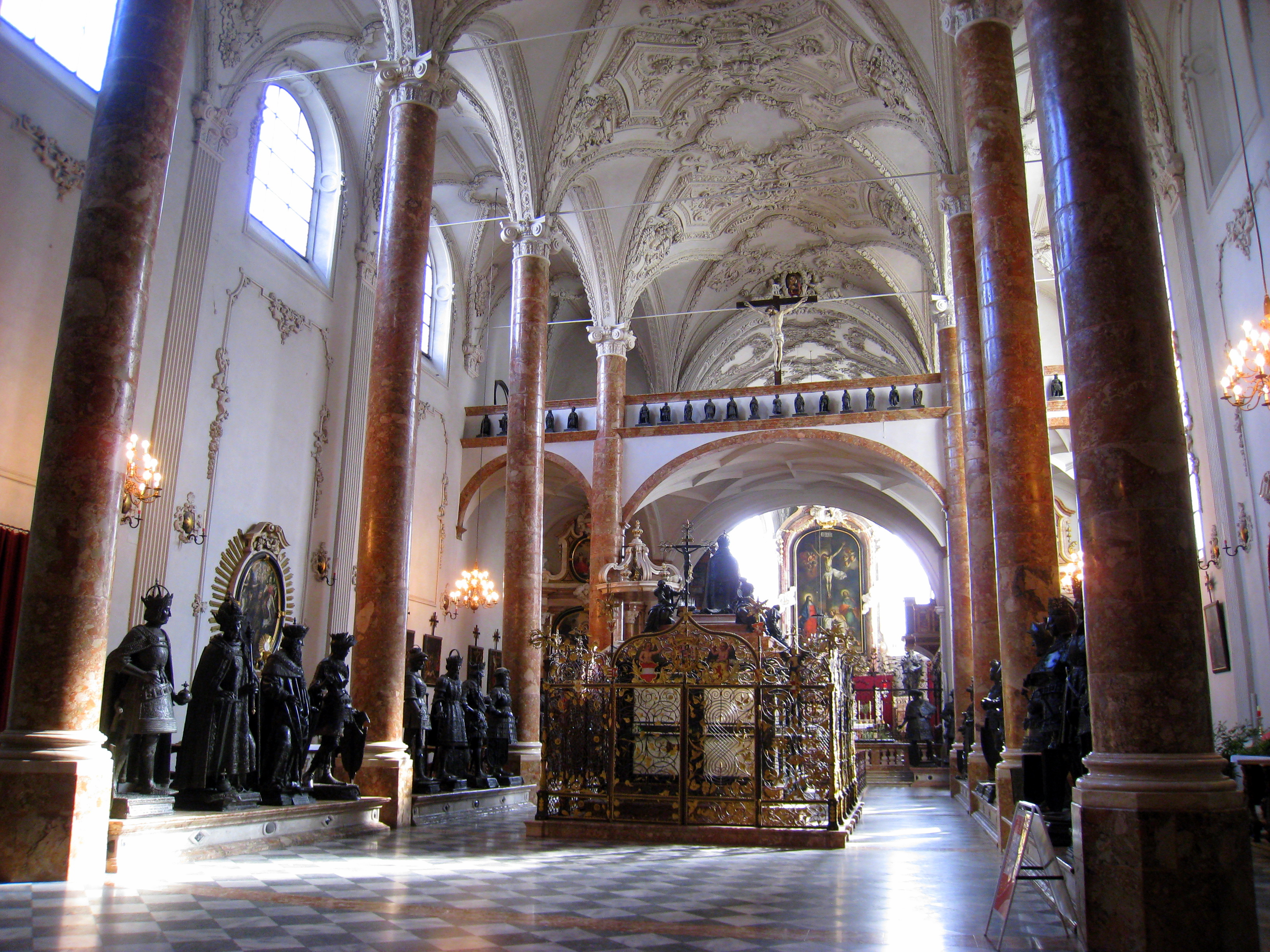


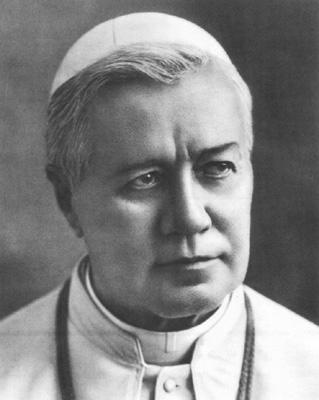






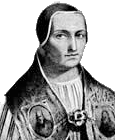






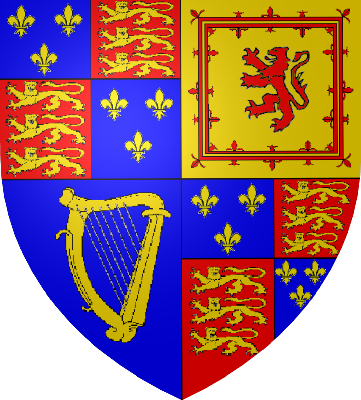
_-002.jpg/220px-Circle_of_Anton_Raphael_Mengs,_Henry_Benedict_Maria_Clement_Stuart,_Cardinal_York_(ca_1750)_-002.jpg)



4 comments:
Many thanks for this interesting and informative post. What a magnificent Imperial chasuble!
Outstanding post.....love to read more of recusant familes
This is fantastic!
Ancestors
Post a Comment